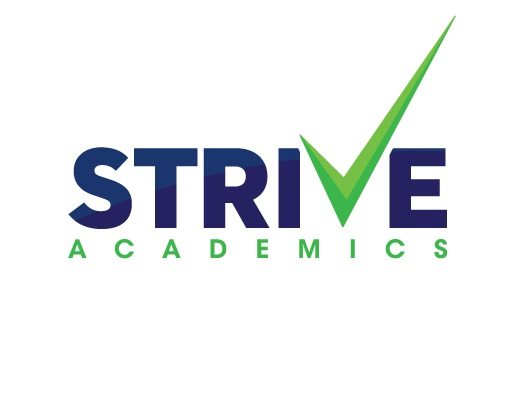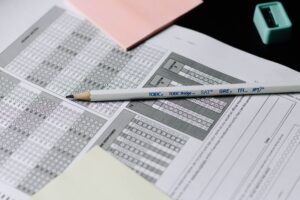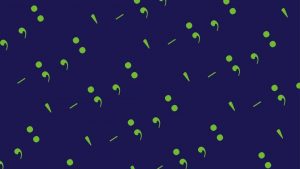What is the Digital SAT, and What is Changing About the Test?
Going Digital
When the COVID-19 pandemic hit the US in 2020, a wrench was thrown into the day-to-day processes of everyone. One of the major disruptions that occurred during this time included every day education (as many schools suddenly switched to remote or hybrid schedules) as well as testing like the ACT and SAT. Chaos ensued with testing schedules as the College Board tried to adjust to keep students safe while meeting the demand for the test. It was then that the company began to give serious consideration to a digital option for the SAT.
The Digital SAT was first piloted in the US in November of 2021. It received an overwhelmingly positive response from students and educators. In 2022, the College Board announced it would be taking the SAT digital, so fire up your computers.
What’s Staying The Same?
Though there are many changes coming to the SAT, there are some things that are staying the same too. Namely, the SAT will still be scored on a 1600 scale, and students will still have to take the test at school or at a testing center in front of a proctor. The College Board will also continue to offer all the usual resources such as free SAT prep materials on its site and through Khan Academy.
Major Changes
The digital SAT is bringing a lot of changes that students are sure to like. First, it will be digital instead of on pen and paper. Though the test will still take place in school or at a testing center, students will be able to bring their own laptop, use a school-issued one, or borrow one from the College Board. Like many other digital tests, it will also be adaptive. That means that the level of difficulty for the questions will adjust based on the student’s performance. If a student is doing well, the questions will get harder. If they are not doing so well on harder questions, they may see easier ones.
A Shorter Test
Overall, the test will be much shorter than the current SAT. The College Board estimates the test will take about 2 hours instead of the 3 – 3.5 hours of the current Paper SAT. That means they’re cutting the test time by over 33%, a change students will definitely feel!
Authorized Calculators
The Digital SAT is getting rid of the No-Calculator Math section. Instead, students will now be able to use a calculator on the entire math section. There will even be a calculator built into the testing application, meaning a student can potentially ditch bringing their calculator altogether. This is especially great as it reduces barriers for students that can’t afford the fancier graphing calculators, which may run as much as $200. Through Bluebook, the app College Board is using for SAT testing and practice, students should be able to familiarize themselves with the calculator on the Digital SAT practice materials.
Shorter Reading
The reading section is changing, contributing significantly to the shorter test length. Instead of lengthy reading passages, the Digital SAT is opting for shorter passages with one question each, reflecting a wider range of topics that represent the works students will read in college. The questions will be shorter too!
Faster Scores
You’ve just taken the test. It’s exhausting. You’re anxious, and you want to know if you need to take another test to get your desired score. That’s been the experience for students until now, usually taking weeks – at times an entire month – to receive test scores. That’s about to change.
With the shift to digital testing, the College Board predicts they will be able to deliver test scores faster too. Expect to see your score within days instead of the usual weeks.
The Impact of the Changes
The changes in the Digital SAT aim to improve the experiences of all involved with the test. For educators, the digital option will cut down on preparation time and administration. No longer will teachers have to spend hours sorting booklets and answer keys. The digital test should cut down on cheating concerns too as the adaptive nature of the test means that every student should see their own unique version of the test.
For students, a shorter test is less grueling, and it sounds like questions will be a bit more straight-forward. The College Board is also doing more to level the playing field for all students by having the tools you need for the test built straight into the application. Faster scores releases will also mean better feedback for students, allowing more time for targeted preparation in between tests.
View our resources
Strive Resources | TpT | Made By Teachers | Classful | Etsy
Tag:College, Digital SAT, Education, High School, SAT, Test Prep







